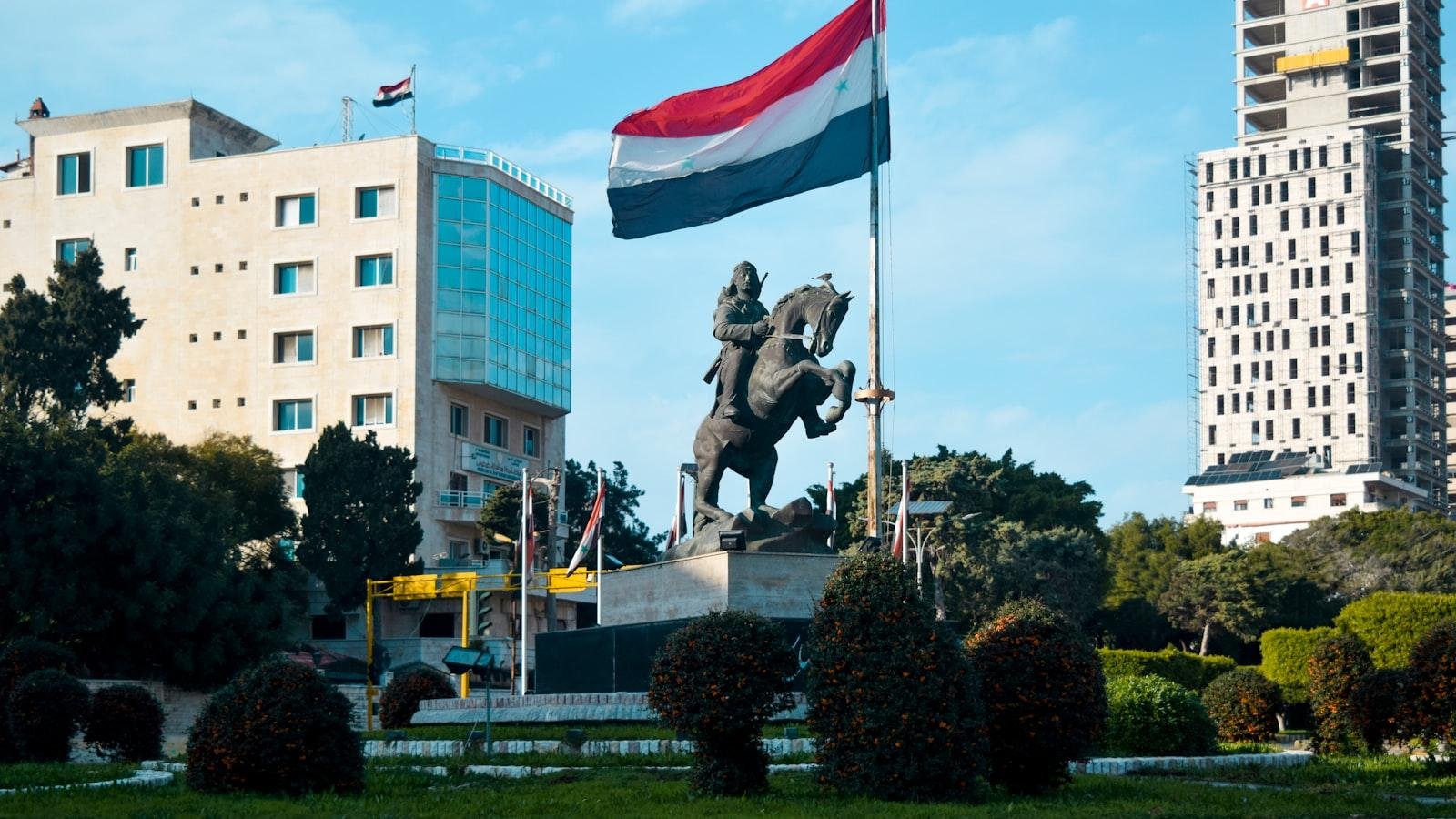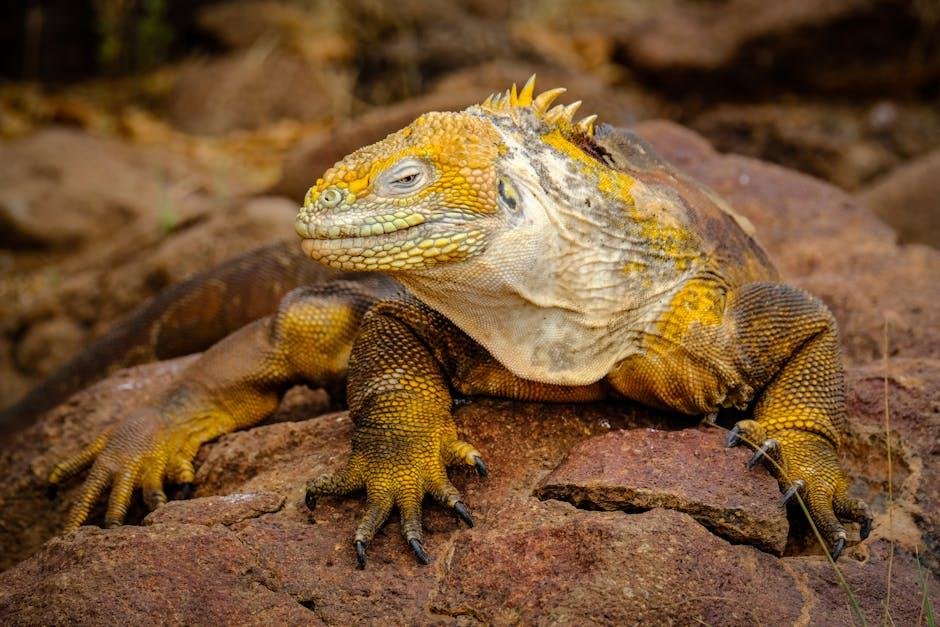Nestled on the coast of West Africa lies a country rich in cultural diversity, natural beauty, and a unique linguistic tapestry – Sierra Leone. With over 20 languages spoken across the nation, unlocking the intricacies of this linguistic landscape opens a window into the history, traditions, and identity of its people. Join us on a journey through the vibrant and diverse languages of Sierra Leone, as we unravel the threads that weave together this fascinating tapestry of communication.
Exploring the Diverse Languages of Sierra Leone
Sierra Leone is a melting pot of languages, each one adding a unique thread to the vibrant linguistic tapestry of the country. From Krio, a widely spoken Creole language, to regional languages like Mende and Temne, the diversity of languages in Sierra Leone reflects its rich cultural heritage.
Exploring the different languages of Sierra Leone offers a window into the country’s history, traditions, and identity. The fusion of African, European, and indigenous influences has shaped the language landscape of Sierra Leone, creating a beautiful mosaic of communication styles and dialects. Embracing and celebrating this linguistic diversity is key to understanding the true essence of the country and its people.
Preserving Endangered Indigenous Languages
Sierra Leone is home to a rich linguistic tapestry, with over twenty languages spoken across the country. Unfortunately, many of these languages are endangered, facing threats of extinction due to factors such as urbanization, globalization, and intergenerational language shift. It is crucial to recognize the importance of preserving these indigenous languages, as they hold unique cultural, historical, and traditional knowledge that is invaluable to the people of Sierra Leone.
By unlocking the linguistic diversity of Sierra Leone, we can work towards preserving and revitalizing endangered indigenous languages. Initiatives such as language documentation, community language programs, and language revitalization efforts can help safeguard these languages for future generations. Through collaboration with language speakers, researchers, educators, and policymakers, we can ensure that the linguistic heritage of Sierra Leone continues to thrive and flourish. Let us celebrate the linguistic richness of Sierra Leone and work together to protect and preserve these endangered indigenous languages for years to come.
The Importance of Multilingual Education for National Development
Sierra Leone, a country rich in cultural diversity and linguistic heritage, is home to over 20 different languages spoken by its people. Embracing and nurturing this linguistic tapestry through multilingual education is crucial for the national development of this West African nation.
By promoting multilingual education, Sierra Leone can:
- Preserve cultural heritage: Ensuring that indigenous languages are taught in schools helps to preserve the unique cultural identities of different ethnic groups.
- Foster national unity: Encouraging the use of multiple languages in education promotes inclusivity and strengthens national unity by recognizing and celebrating linguistic diversity.
- Enhance cognitive development: Research has shown that multilingualism can improve cognitive abilities, such as problem-solving skills and creativity, leading to a more skilled and innovative workforce.
Strategies for Safeguarding Linguistic Diversity in Sierra Leone
One of the key is promoting multilingual education in schools. By incorporating various local languages into the curriculum, we can ensure that younger generations continue to value and preserve their linguistic heritage. This approach not only helps to preserve minority languages but also fosters a sense of cultural pride and identity among students.
Another effective strategy is to support community-based language revitalization initiatives. By empowering local communities to take ownership of their languages, we can help ensure their survival and vibrancy. This can involve organizing language classes, cultural events, and other activities that celebrate the linguistic diversity of Sierra Leone. Through these efforts, we can unlock the full potential of the country’s linguistic tapestry and promote inclusive development for all.
Final Thoughts
As we delve deeper into the linguistic tapestry of Sierra Leone, we are reminded of the rich diversity and cultural heritage that defines this vibrant nation. From Krio to Mende, Temne to Fula, each language offers a unique window into the history and identity of the people who call Sierra Leone home.
As we continue to unlock the nuances and complexities of these languages, let us embrace the beauty and power of communication in all its diverse forms. Let us celebrate the voices that have shaped the linguistic landscape of Sierra Leone, and let us strive to preserve and protect these invaluable treasures for generations to come.
So as we bid farewell to this exploration of Sierra Leone’s linguistic tapestry, let us carry with us a newfound appreciation for the ways in which language connects us all, and a deepened understanding of the cultural richness that makes this country truly one of a kind. Thank you for joining us on this journey through the words and sounds of Sierra Leone.





